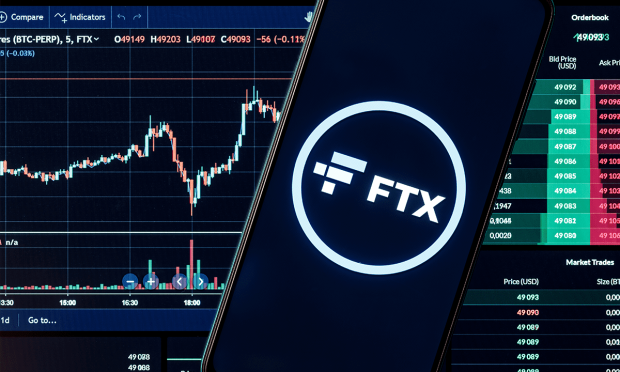FTX’s Enron Parallels Have Implications for Crypto’s Great Regulatory Revamp

FTX’s former CEO is being replaced by one of the men who oversaw Enron’s bankruptcy proceedings.
There’s irony in that news.
John J. Ray III, a restructuring lawyer who helped steer Enron’s dissolution, and recover funds for creditors, now — two decades later — takes up the mantle of steering FTX through Chapter 11.
A lot has changed since the beginning of the millennium when Ray took over Enron and per Bloomberg, recovered 50 cents on the dollar.
A lot has stayed the same — enough so that what happened in the wake of Enron serves as a cautionary tale for what happens in crypto.
It remains to be seen whether FTX is indeed the sector’s Enron — which we might say is shorthand for accounting scandals that, due to complexity and opacity, flourish for years and hoodwink people into thinking that things are better than they are. It remains to be seen if FTX is a Lehman that serves as a tipping point to a wider wave of failures that become a deluge.
No less than former U.S. Treasury Secretary Larry Summers has said that FTX is more of an Enron — where he told Bloomberg that there’s “financial error,” “whiffs of fraud” and “vast explosions of wealth that nobody understands where it comes from.”
The Celebrity CEO
Beyond that, we’d posit a few other parallels: Enron was led by Kenneth Lay, who arguably was a “celebrity CEO” who had graced financial magazines’ covers and who made significant political contributions. Sam Bankman-Fried is in somewhat the same mold, dazzling with his (now evaporated) billions of dollars, tens of millions of dollars in political contributions and high-profile pronouncements that he would, perhaps someday, consider buying Goldman Sachs.
The Promise of Disruption — and Regulation
The celebrity CEO can do much, we note, to keep money pouring into a business that promises to disrupt the way things have always been done. Way back when, Enron promised to trade energy in all of its various forms, from wind to electricity to water, and to trade it through derivatives.
Cryptos have been focused on disrupting traditional finance, existing as part of a new order that is built on top of a blockchain. In both cases, it is the disruptors who have been disrupted, amid panic that all is not what it seemed, that there was back and forth going on to pad assets. Untangling it all will take time. As PYMNTS reported on Friday, the bankruptcy filing includes FTX, Alameda Research and about 130 other affiliated companies.
Enron’s collapse helped give rise to the Sarbanes-Oxley Act, which among other things, has sought to make corporate disclosure more timely and more transparent. Sarbox, as it is commonly called, mandated that senior executives must sign off on the accuracy of financial reports.
As to what’s next, well, that’s an open question. U.S. Rep. Maxine Waters, D-California and chairwoman of the House Financial Services Committee, said Thursday that “now more than ever, it is clear that there are major consequences when cryptocurrency entities operate without robust federal oversight and protections for consumers.” There’ll likely be an even wider net cast for cryptos in general and exchanges in particular (as FTX operated offshore) on a national stage. And someday, years hence, we may point to FTX as the turning point where crypto regulations were finally, urgently clarified.
For all PYMNTS coverage, subscribe to our daily newsletters.
